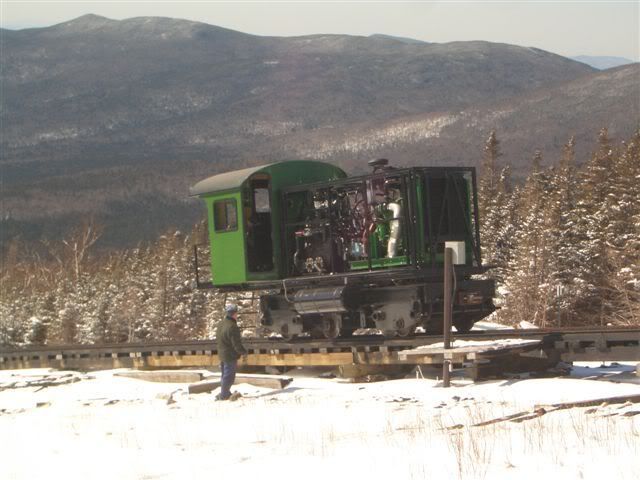I believe all diesels are "biodiesel" compatible...
Or at least, all modern, low-sulphur compatible engines. Blended biodiesel is virtually interchangeable with petrodiesel (and typically blended with petrodiesel in varying amounts). The caveat here is, like ethanol, there are solvents present in biodiesel that can degrade rubber parts (hoses and the like) over time if they're not designed for biodiesel use. This is no different than "flex-fuel" vehicles designed to burn E85 ethanol.
The conversion part comes in when you want to burn straight vegetable oil, or waste oil (french fry grease). My understanding is you need to convert cars for burning grease principally because straight vegetable oil has a higher viscosity (especially when cold) and lacks the stabilizers, solvents, and other additives that fuel oils include to keep things running smoothly. I think the earliest grease-car conversions had small heaters to keep the fuel from coagulating, and, if I remember right, started on regular diesel then switched over to waste oil.
The supposed advantage of biofuels is pretty simple: rather than releasing carbon into the atmosphere that has been sequestered (in the form of rotting prehistoric vegetation) thousands of feet underground, you have a "carbon-neutral" cycle of plant takes in carbon, plant grows, plant is harvested, plant is processed into oil, oil is burned, carbon is released, plant grows... That's the theory, though of course, a certain amount of energy goes into the process, too (not to mention other critical side-effects, like competing for edible crops).
In terms of the relative "green-ness" of biodiesel -- I don't think it's quite as controversial as corn-based ethanol (yet, anyway). There are a bunch of variables that suggest corn-based ethanol (vs. cane-based, or beet-based) not an efficient or essentially safer trade-off for petrofuels -- it requires nearly as much (or maybe more) petroleum to produce (between farming, fertilization, etc.), it "competes" for food stocks and is driving up commodities prices world-wide, and total greenhouse emissions from ethanol use may in fact be higher.
The hew and cry about Biodiesel, so far at least, hasn't been as loud -- but that may just be because in the US, we have a relatively small percentage of diesel passenger vehicles. The big points of contention are around (no surprise) how the biofuel crops are raised -- especially in Third-world locales, where deforestation has become an increasing problem, and pesticides used for fuel-stocks are polluting water supplies. Unalloyed biodiesel is also higher in oxides of nitrogen, though that can be managed with catalysts, I guess. So nothing is free... Keep your fingers crossed for the nascent field of growing algae as a fuelstock.





